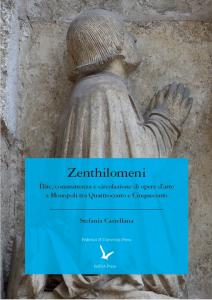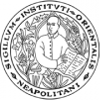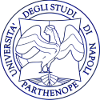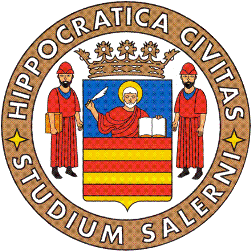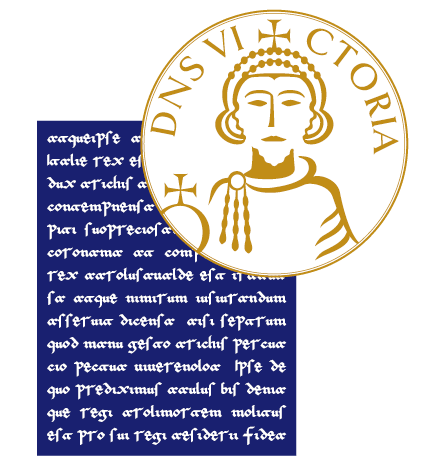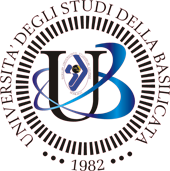Zenthilomeni. Élite, patronage and circulation of artworks in Monopoli between the Fifteenth and the Sixteenth Centuries
Keywords:
Monopoli, Venice, Renaissance in Southern Italy, Patronage, Circulation of artworksSynopsis

Publisher: FedOA - Federico II University Press
Series: Regna. Texts and Studies on Institutions, Culture and Memory in Medieval Southern Italy
Pages: 202
Language: Italian
Abstract: Within the broader context of Apulian towns characterized by a widespread presence of Venetian artworks, Monopoli stands out as a true ‘case study’ due to the significant commissions – traced by scholarship to figures belonging to the local élite – bestowed upon the two leading masters active in Venice between the Fifteenth and Sixteenth Centuries: St. Jerome in His Study by Lazzaro Bastiani and St. Peter Martyr by Giovanni Bellini. The artistic landscape of Monopoli, typically associated with its political subjugation to the Serenissima around the turn of the century and often interpreted as an expression of cultural subordination, is here reconsidered in light of the most recent studies on the Renaissance in Southern Italy. These studies have emphasized its polycentric urban dimension, which, combined with an in-depth investigation of the élite and the attitudes of the so-called zenthilomeni toward the arts, provides a renewed framework for analysis. This volume focuses on the circulation of artworks reflecting a typical Venetian taste, as well as on the artists and patrons active in Monopoli, adopting an approach attentive to both political and social dimensions. A critical reassessment of published sources and archival materials, combined with a relational approach to the study of family networks – particularly the Arpona, Palmieri, Montemaro, and Ferro families – the spatial ‘geography’ of sacred space occupation, and a particular focus on prominent figures active both within and beyond the Kingdom, has allowed for the proposal of original scenarios concerning the circulation, chronology, and style of Venetian artworks in the area. This includes examining the role of intermediaries, the involvement of masters, and the aesthetic preferences of Monopoli’s society, ultimately opening new perspectives for re-evaluating the broader phenomenon of artistic importation from Venice to Apulia.
Downloads
